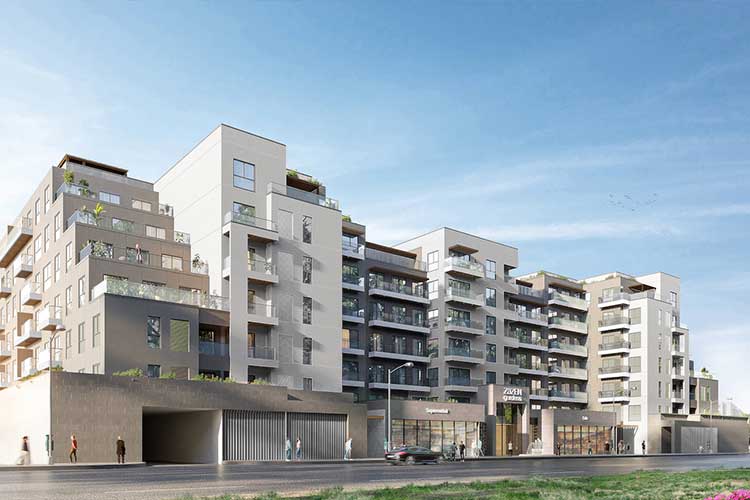

According to the developer, the UAE’s construction sector grew 3.3% in 2023 and is projected to grow to 4% in 2024
January 05, 2024 | Staff Reporter | UAE | Developers

ZÄZEN Properties, a homegrown sustainable property developer in the UAE, explains that sustainable construction efforts must ramp up on the heels of COP 28 to supply the growing population and future-proof the economy. This is especially true when considering the mid-market segment; approximately 50,000 new units have been delivered this year, to reflect almost half of Dubai’s population increase, but only 24,000 units are currently scheduled for delivery in 2024 despite the UAE having over $356 billion allocated to private real estate developments and ongoing public building and housing programs. Moreover, $17 billion worth of contract awards in 2023 have already surpassed the full-year total achieved in 2022.
Despite the UAE’s construction sector seeing growth of 3.3% in 2023 and projected to witness 4% in the year ahead, Madhav Dhar, ZaÌ„ZEN Properties’ COO and founding member says, “These figures account for construction not only in housing but also in the transportation and energy sectors. With Dubai’s population exceeding 3.65 million people and nearly at the halfway mark of its goal to reach eight million people by 2040, the city’s real estate developers must sustainably ramp up housing construction to complement transportation and energy - and support existing and new residents.”
The goal which Madhav refers to is the Dubai 2040 Urban Masterplan; an initiative aiming to see the emirate boast a total population of 7.8 million people in the next 16 years. Other key objectives include doubling green and leisure areas, planning vibrant and healthy communities with a range of housing and core facilities, and enhancing the effectiveness of economic land. While the emirate appears on pace to achieve these ambitions, the mid-market segment requires extra attention as residents, investors, and end users are seeking affordable, high-quality apartments.
While mortgages currently account for only about 25% of all property transactions in Dubai, the market is expected to be strong in terms of transactional activity through at least the first half of 2024, in terms of price appreciation and rental increases. With analysis forecasting a 39.9% growth for the UAE alternative lending market in 2023, reaching $337 million compared to $240.9 million in 2022, a rising demand for mortgages could be seen from increasing property prices to outperform the record-breaking 16,700 mortgage transactions that were logged in 2022.
Madhav explains, “With COP28 in the rearview, and the emirate striving to realise the Dubai 2040 Urban Masterplan, the mid-market segment will play a vital role in bolstering UAE real estate as a whole. Several new off-plan developments are approaching the handover stage in the next 12 months, meaning prospective property buyers can anticipate a broader array of choices available to them. However, with rising prices, an uptick in mid-market residential developments will be needed to provide prospective buyers with cost-friendly projects that offer the elevated level of quality that Dubai has become synonymous with – especially when considering that the city’s population growth is outpacing new property supply and there are approximately 100,000 freehold properties available in Dubai.”
Over 80,000 people attended COP28, including heads of state and government, members of international organisations, representatives of civil society and the private sector. This impressive turnout resulted in necessary dialogue being exchanged between key stakeholders to bolster not only the UAE but the world. As it relates to the country, ZÄZEN Properties is catering to the mid-market while ushering in a new era of sustainability and contributing to key initiatives like UAE Net Zero 2050 and the Dubai 2040 Urban Masterplan. The homegrown brand’s latest development, ZaÌ„ZEN Gardens in Al Furjan, will become the first LEED Gold-certified and Well-Being integrated residential development in April 2024. Annually, it will reduce 469 metric tonnes of carbon emissions and generate close to 390,000 kWh of onsite solar electricity, which is about 30% of the common area requirement yearly.